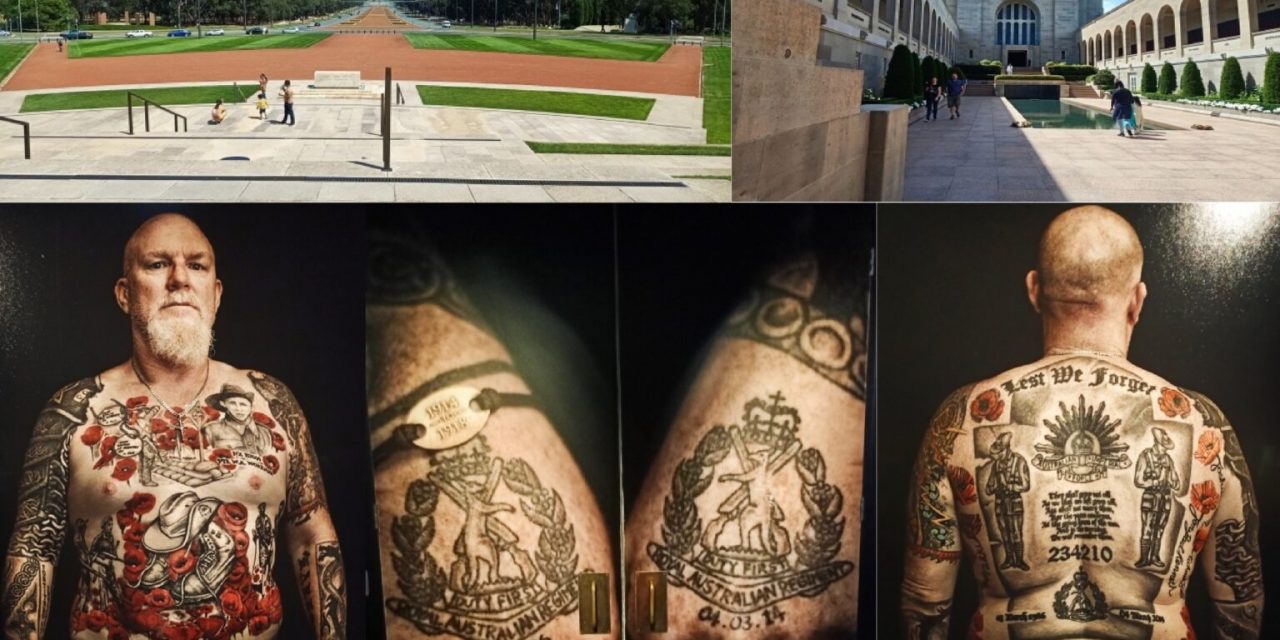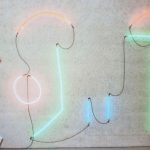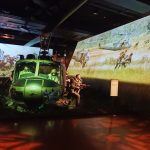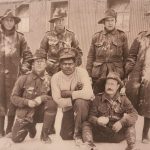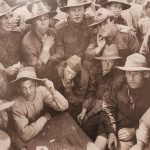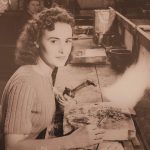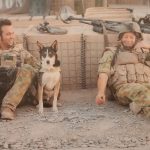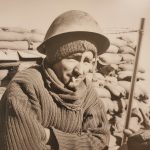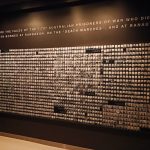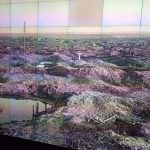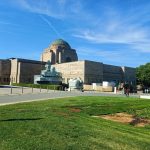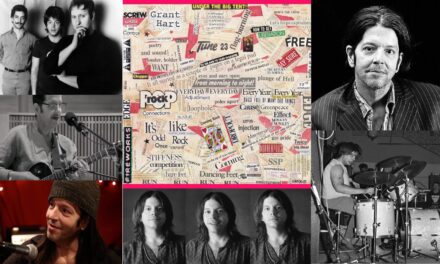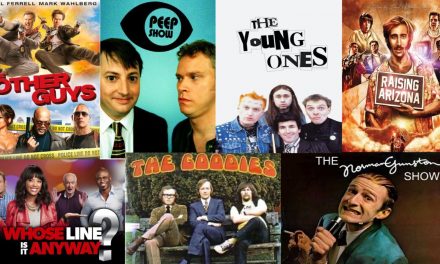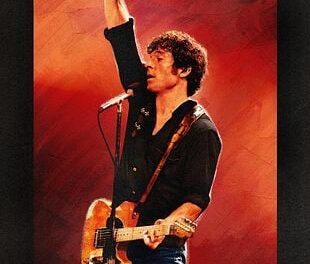“When in Canberra, I prefer to keep going” – Me (1982-2021)
I first visited Canberra whilst in the army and studying at the RAAF Training Base in Wagga Wagga from 1982-1983. My RAAF friend, Eddie “the punk” McClymont and I decided to check it out, pay our respects at the War Memorial and see if there was any nightlife.
These are the only photos I have of that weekend. Eddie proudly wearing his “It’s Time” Gough Whitlam 1972 campaign T shirt, and me about to be thrown out of the National Art Gallery for “taking the p” out of contemporary art installations. Ironically it’s contemporary art that excites me these days and having a daughter who is a fine arts graduate from the VCA, it’s now me that is the target of the mockery.
That same daughter challenged me before heading off to see her younger sister in Mullumbimby, as to why I would visit the War Memorial on the way up. She feels the $500m spent on upgrading it could have be spent in more positive areas other than reflecting on war. It’s a good point, especially when so many returned service people as well as those domestically such as police and ambos suffer from PTSD, anxiety and associated outcomes like alcoholism and suicide.
Nonetheless I was keen to see the new Vietnam exhibition which was very poor 40 years ago and unworthy given the sacrifices of the men and women who served during that war and were mostly the people that I reported to during my 6 x years of service. Both the Vietnam and Korean wars were the subject of significant protests back home and the returning soldiers were subsequently treated with disdain. Many returned servicemen and women refused to march on Anzac Day for many years as a result of the treatment they received. Fortunately things have improved thanks to the children and grandchildren of these great Australians who I looked up to, and certainly this exhibit at the Memorial provides some solace and healing.
When you enter the Memorial you receive a touch pen for the many screens on offer, enabling a very interactive experience. The exhibits are set up in chronological order from the Boer War right through to Afghanistan. There is also a nice tribute to the many humanitarian operations that we have been involved in that require highly specialised skills for extreme conditions such as the genocide in Rwanda and various natural disasters around the world.
There was also an area set aside to acknowledge the holocaust and a tribute to the indigenous Australians who didn’t hesitate to step up to the plate despite being classified sub-human in their own country. The exhibits are all superb but for me it’s the photos that had me choked up. No matter what war, the looks on the faces of young men in war is very emotional. There are some groups of starving men in a Japanese labour camp with defiant, cheeky faces and other guys in the Somme in WW1, whose filthy, freezing bodies contain eyes that have no life whatsoever, just a deathly stare. NZ Film Director Peter Jackson produced a magnificent film funded by the British Government a couple of years ago that colourised rare unseen WW1 footage, coupled with the voices of those who served. Astonishing bravery and naivety. This is the trailer.
We left the memorial after 3 x hours having just touched the sides. Lynda summed it up as having mixed feelings which was spot on. The respect for these brave men and women is there of course but it’s superseded by anger at the sheer futility of it all. Inevitably it’s the politicians that make the decisions and never get held to account. It’s the politicians who never hold a gun, never get shot at, never go without food/water/hygiene and dismissively send another legion of young people to war. When you look at the history of war, it truly is the definition of madness.
The memorial is free but you need to book tickets on line.
Here are some photos taken during our visit:
